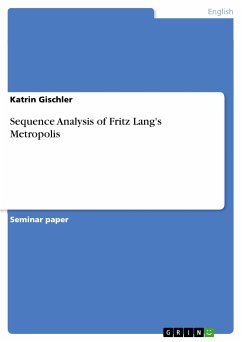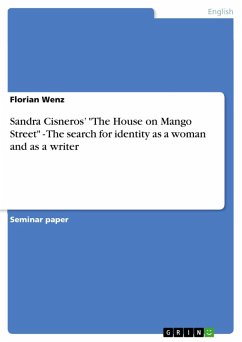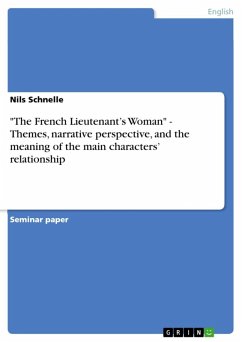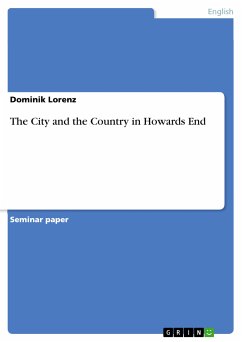Essay from the year 2010 in the subject English Language and Literature Studies - Literature, grade: Sehr Gut, University of Birmingham (School of English), course: Film: Narrative, Meaning and Representation , language: English, abstract: Fritz Lang's films are influenced by German Expressionism, which originated in Germany in 1919 and ended in 1930. Extreme stylised mise-en-scène is employed to make the formal organisation of the films obvious (Cook 1999, p. 67). The main concern of German Expressionist films is to create a phantasy world, which is in stark contrast to the real world in order to reflect upon social grievances and chasms: Expressionism [...] is a reaction against the atom-splitting of Impressionism, which reflects the iridescent ambiguities, disquieting diversity, and ephemeral hues of nature. At the same time Expressionism sets itself against Naturalism with its mania for recording mere facts, and its paltry aim of photographing nature or daily life. The world is there for all to see; it would be absurd to reproduce it purely and simply as it is. (Eisner 1969, p. 10) This is especially evident in Fritz Lang's revolutionary filming technique as the employed shot types and angles enhance angst and paranoia in the spectator. M and The Woman in the Window are also influenced by so-called 'Kammerspiel'-films of the 1920s, through which a new psychological realism emerged. The introduction of sound made it possible for Lang to represent the individual psyche through the character's speech. Fritz Lang uses universal symbols as a bridge between the character's inner state and the outer world. This also derives from German Expressionism, which aims to discuss low-life subject matters. In M, symbols are used to add further layers of meaning to the film and to foreshadow its plot, whereas in The Woman in the Window they mainly function as symbols of masculinity. In this essay, the influence of German Expressionism on Fritz Lang's films is discussed by closely analysing and explaining key scenes. It aims to show how the auteur uses key features of this movement to depict the dark chasms of human society.
Dieser Download kann aus rechtlichen Gründen nur mit Rechnungsadresse in A, B, BG, CY, CZ, D, DK, EW, E, FIN, F, GR, HR, H, IRL, I, LT, L, LR, M, NL, PL, P, R, S, SLO, SK ausgeliefert werden.









